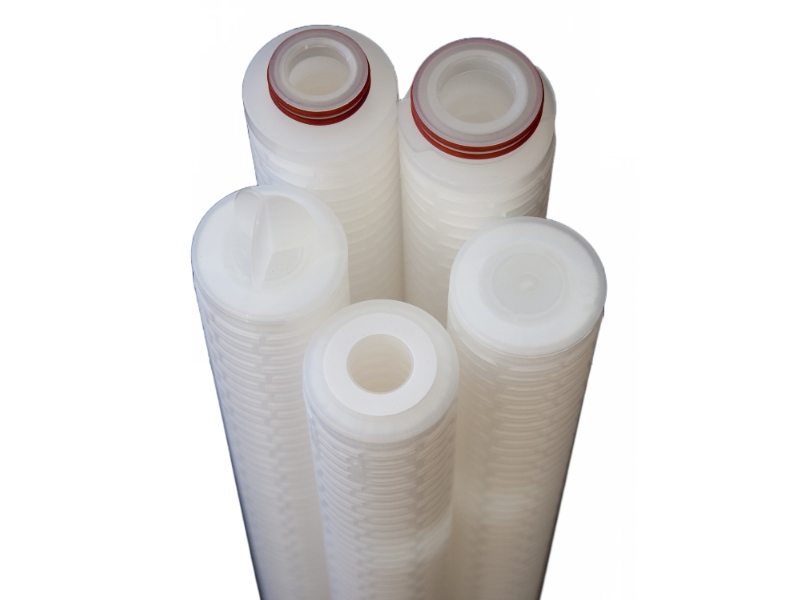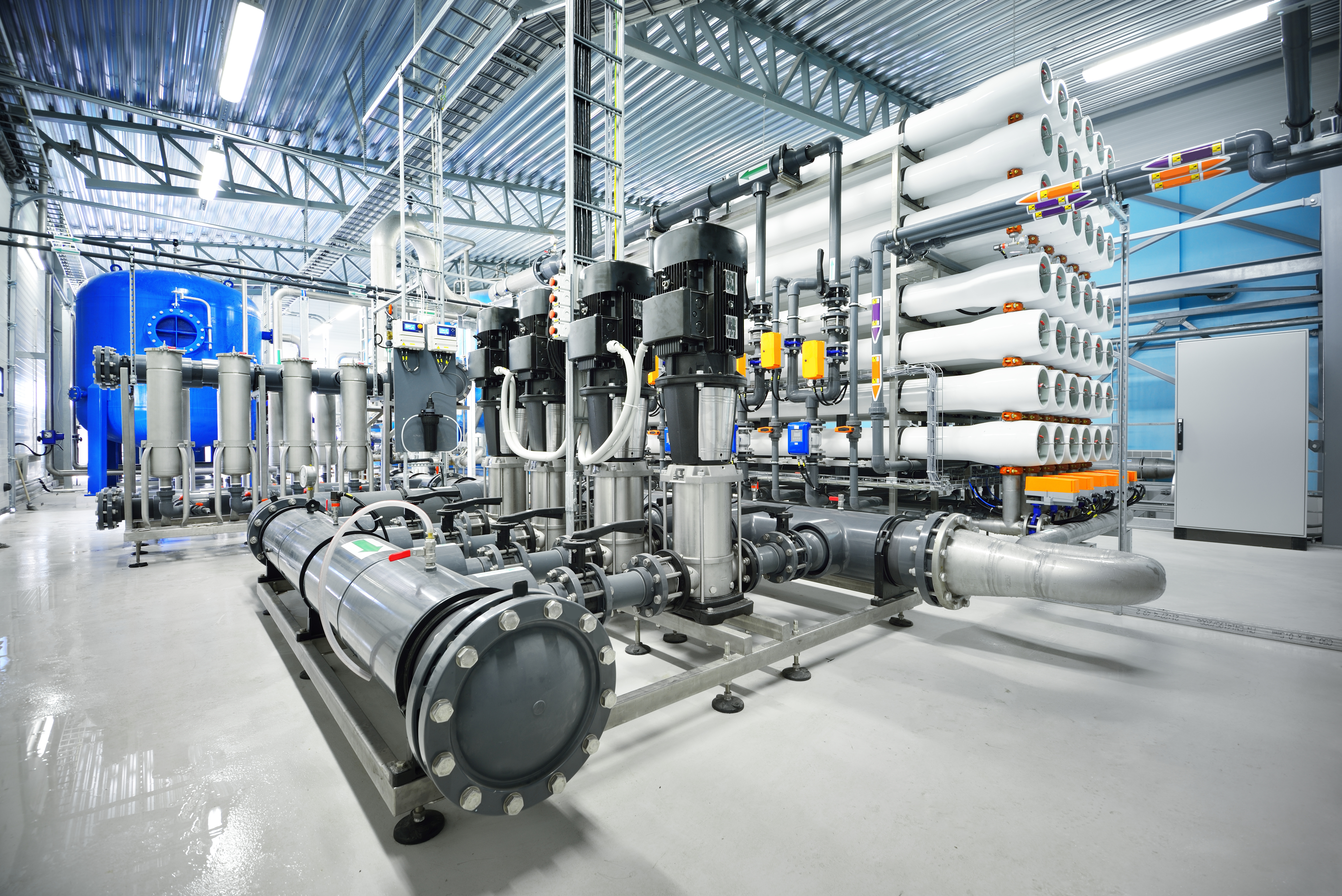5 Things You Need to Know About Depth Filters
Depth filters are the workhorses of the filtration world. Here we answer the five most common questions customers ask about them:
1. How do depth filters work?
Depth filters pass liquids through a tortuous maze of filter fibres that gradually become more compact. As the fluid passes further through this filter bed, smaller and smaller sizes of particulate contamination are removed by a filtration mechanism known as mechanical sieving. It’s like hitting a golf ball through a forest. Although the golf ball is small, the complex nature and depth of the branches it passes through lead to it being captured and retained.
2. What are the different constructions of depth filters, and why are they necessary?
In cartridge filtration products, there are three types of depth filters:
- Spun or meltblown construction is used in an application where the size range of contaminants is unknown or can vary. Through the filter matrix thickness of 25,000 microns (25 mm), retention is graded with larger particles retained first and smaller particles progressively removed.
- Pleated depth construction can be tailored to effectively remove the size range of contaminants when it’s known, allowing the media to be far thinner (1,500 microns (1.5 mm). The media can then be pleated, allowing a greater surface area to maximise cartridge life.
- A hybrid pleated depth filter was developed to retain contaminants that are not solid particles and could not fully be retained by a pleated depth filter. In specific applications, contaminants are gelatinous, extrudable, or colloidal. The thicker pleated media (3-5,000 microns (3-5 mm)) offers the retention required without loss of service life.
.jpg?width=2524&height=1773&name=Depth%20filter%20alternatives%20illustration%20(28Nov22).jpg)
3. Where are depth filters used?
Depth cartridge filter remove particulates such as particles, gels, organic solids, hazes, agglomerations, yeasts, and moulds. This ensures the visual clarity of liquids and prevents the damage, blockage, or wear and tear of process pipework and equipment. By removing large particulate matter from fluid streams, they act as prefilters and perform an important role. Protecting membrane cartridge filters or RO modules maximises their service life.
4. Are depth filters reusable?
Depth filters are intended for continuous use over long periods and are changed when blocked. They can be used and stored before being used again if the manufacturer’s instructions are followed on the storage procedure. However, depth filters are difficult to clean by backflush due to the complicated nature of the depth filter structure. A small degree of regeneration can be achieved, but it is unlikely to be worth the effort required.
5. Are depth filters different to membrane filters?
Depth filters and membrane filters are two distinct types of filtration media. Depth filters use the tortuous path through a filter bed, a complex maze of fibres 1,000 microns thick, to remove particulate. On the other hand, membranes have a more homogenous structure, and filtration typically occurs on or near the membrane’s surface, which is usually 100 microns thick.
The differences lead to different uses. Due to their structure, depth filters have a far greater dirt-holding capacity and are used to remove particulate contaminates. Membranes have a homogenous structure and can therefore ensure the removal of microorganisms and bacteria. However, both are ideal for the jobs they do.
If you have any more questions about depth filters that you’d like answered, our experts are happy to help. So, call us on +44(0) 116 264 0540 or visit our product page to find out more.
Watch the video HERE.
PoreFiltration – Making your filtration systems work harder



.jpg)

